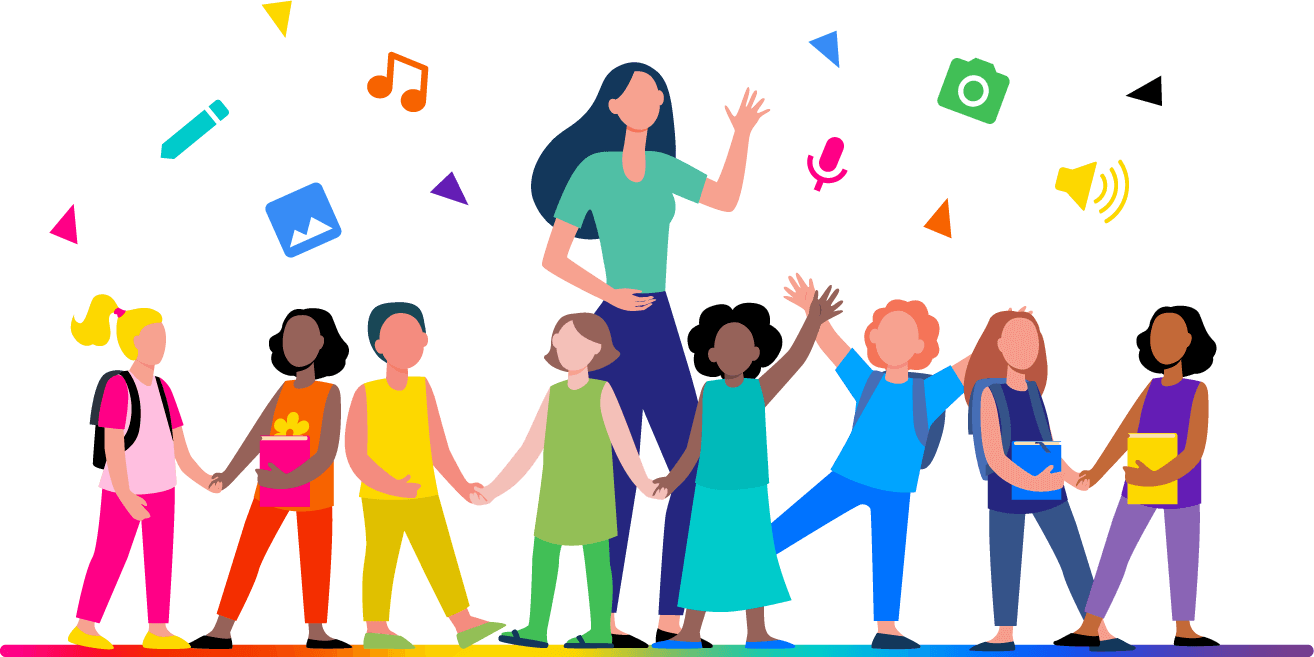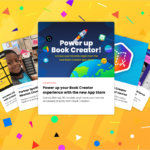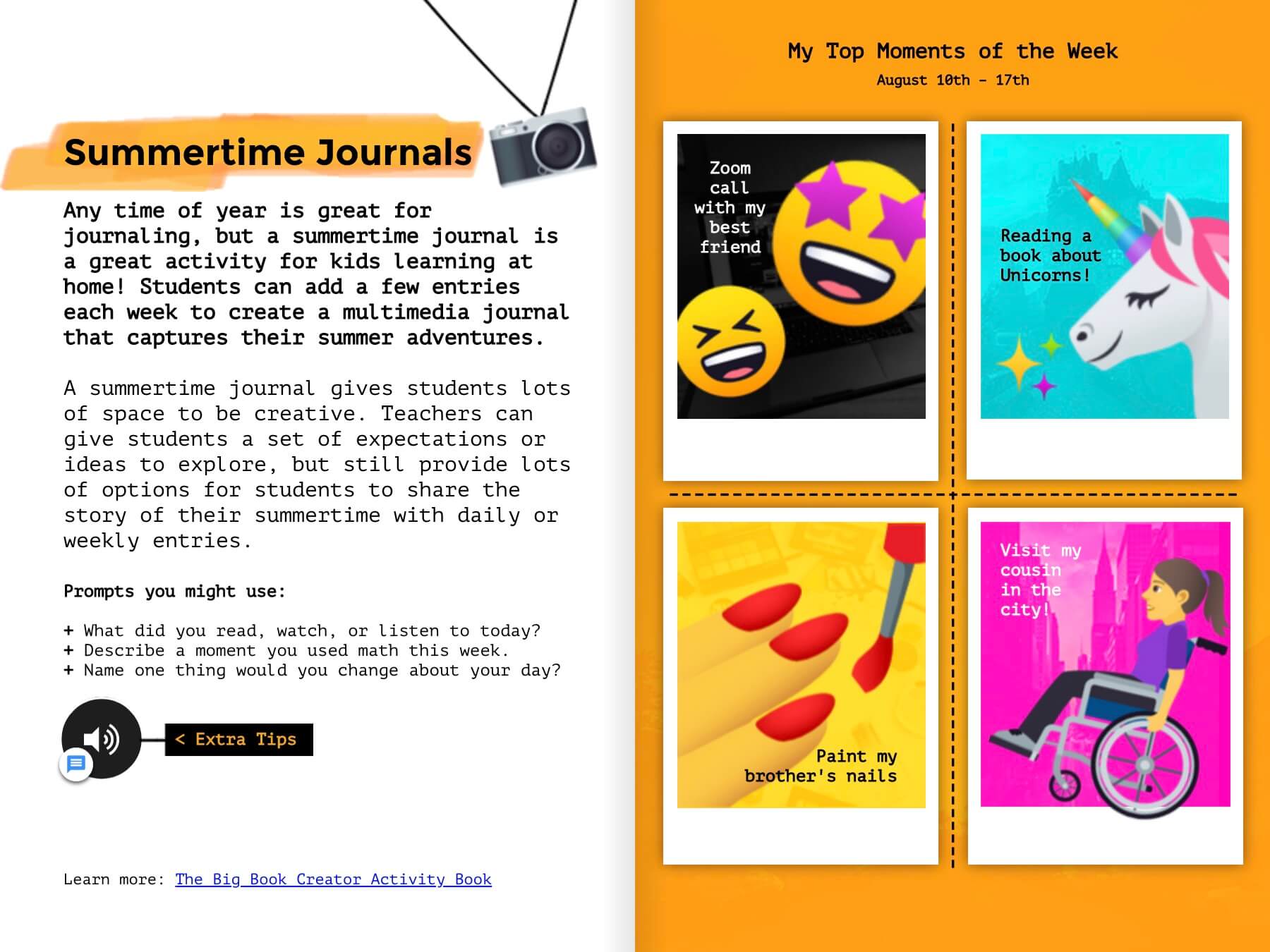Representation in education is incredibly important. We should be aiming for an education system that provides the opportunity for learners to see themselves reflected in the materials they are learning from, the teachers they look up to, the curriculum they are learning, and the books they are reading.
Done right, seeing this representation has a positive impact on students. It has shown to increase a learner’s self-awareness, sense of belonging, self-confidence, and serve as a potential catalyst for learning about others.
This whole approach of seeing yourself, seeing others, and learning about the lived experiences of others has been metaphorically referred to as “mirrors, windows, and sliding glass doors."
There are many benefits of an educator being intentional about ensuring access, as well as opportunity (equity, in this context) of representations within the materials they use.
These benefits include:
- Supporting a learner's social-emotional learning (SEL) and well-being by reducing feelings of isolation and othering.
- Potentially stronger connections to the content and thus likely to be more engaged.
- Broadening of perspective beyond single narratives or replicated stereotypes.
- Increasing the likelihood of a culturally affirming learning experience rather than a culturally destructive one.
- Providing learners with an opportunity to understand different cultures and communities better.
- Supporting deeper critical and analytical thinking around the complexity of storytelling, story structure, and the human experience.
- Increasing the opportunities to relate to others and build higher degrees of empathic understanding.

Original image by pch.vector on Freepik
While all of these benefit all students, they are of particular importance to students who have been historically excluded, marginalized, and/or are of minority representation.
The two most effective ways to ensure representations that are both authentic and culturally affirming are:
- Develop a self-awareness evaluation process that starts with asking questions.
The kinds of questions that help develop self awareness include 'what stories are being told? by whom? and from what perspective?' We need to evaluate what is being represented.
- Support students in asserting their own agency to create, represent, and share their own stories.
Giving students this agency to create, especially within a curricular context, can be a transformative learning experience. It helps them formulate new ideas outside their existing thought patterns.
Book Creator for true equity and inclusion
So how is Book Creator both an effective and sustainable approach to all of this? Let's considering the following:
When we design and provide opportunities for students to be active participants in their learning within an equitable and inclusive learning environment, we are not only ensuring higher degrees of critical thinking, but we are doing it in culturally affirming ways.
Since representations within the materials are a core component of that, using a platform like Book Creator to accomplish this is beneficial and empowering. This leads directly to developing a deeper understanding of ourselves, each other, and the stories we tell, no matter how they are told.
Ken (He/Him/His) currently holds an M.A. in Education with a specialization in Educational Technology as well as New Media Design and Production. He has worked as an Educator for over 20 years and spent most of his classroom experience teaching technology at the Middle School level.










One Comment on “Why representation matters: crafting an equitable learning environment for all”
I think the Reciprocal Learning Partnerships for Equity framework supports your vision, Ken. It “reframes the coaching model from coach/mentee to a learning partnership and situates discussions of equity in a community where collective responsibility emerges
in the co-construction of equity action.”
https://learningforward.org/wp-content/uploads/2019/12/coaching-for-equity.pdf